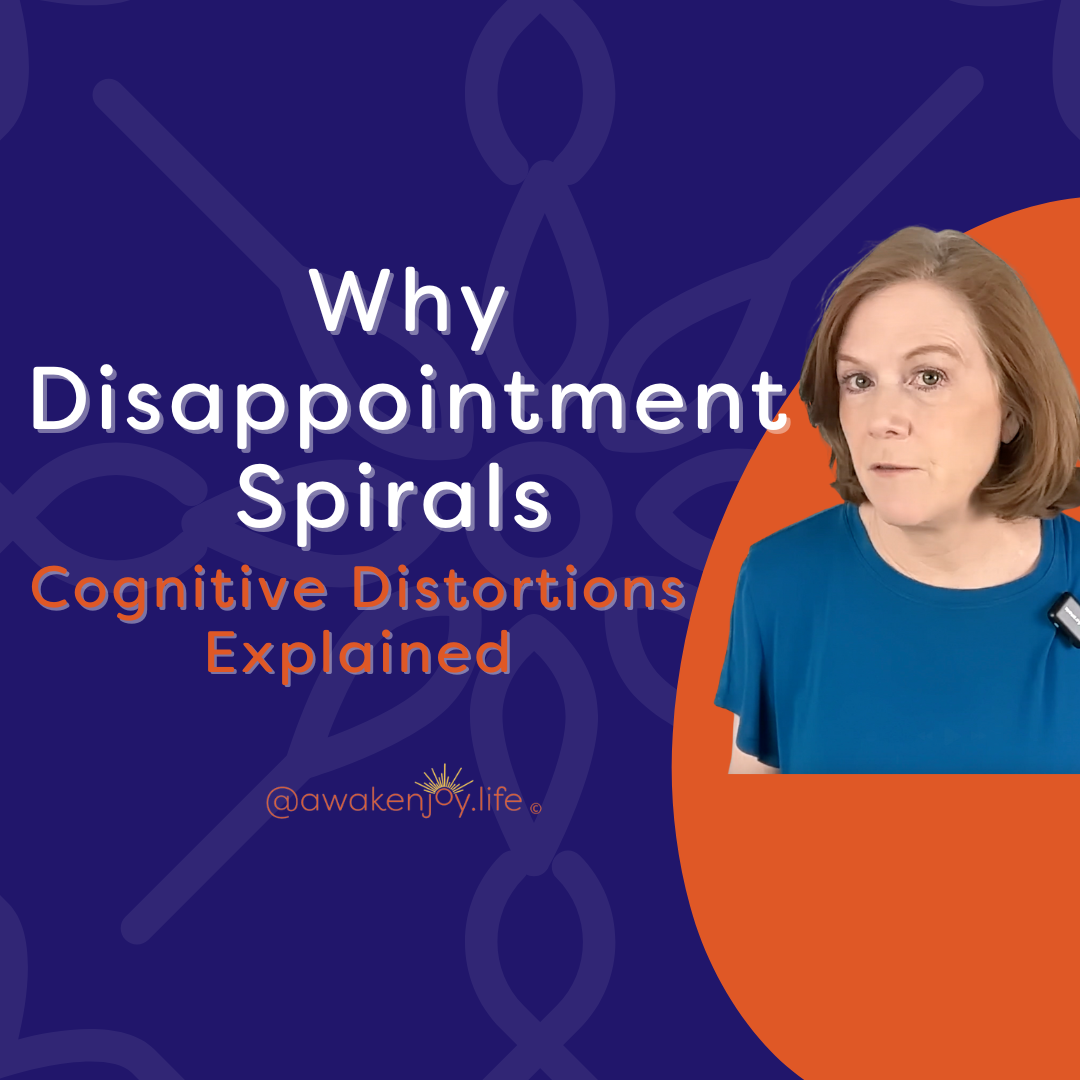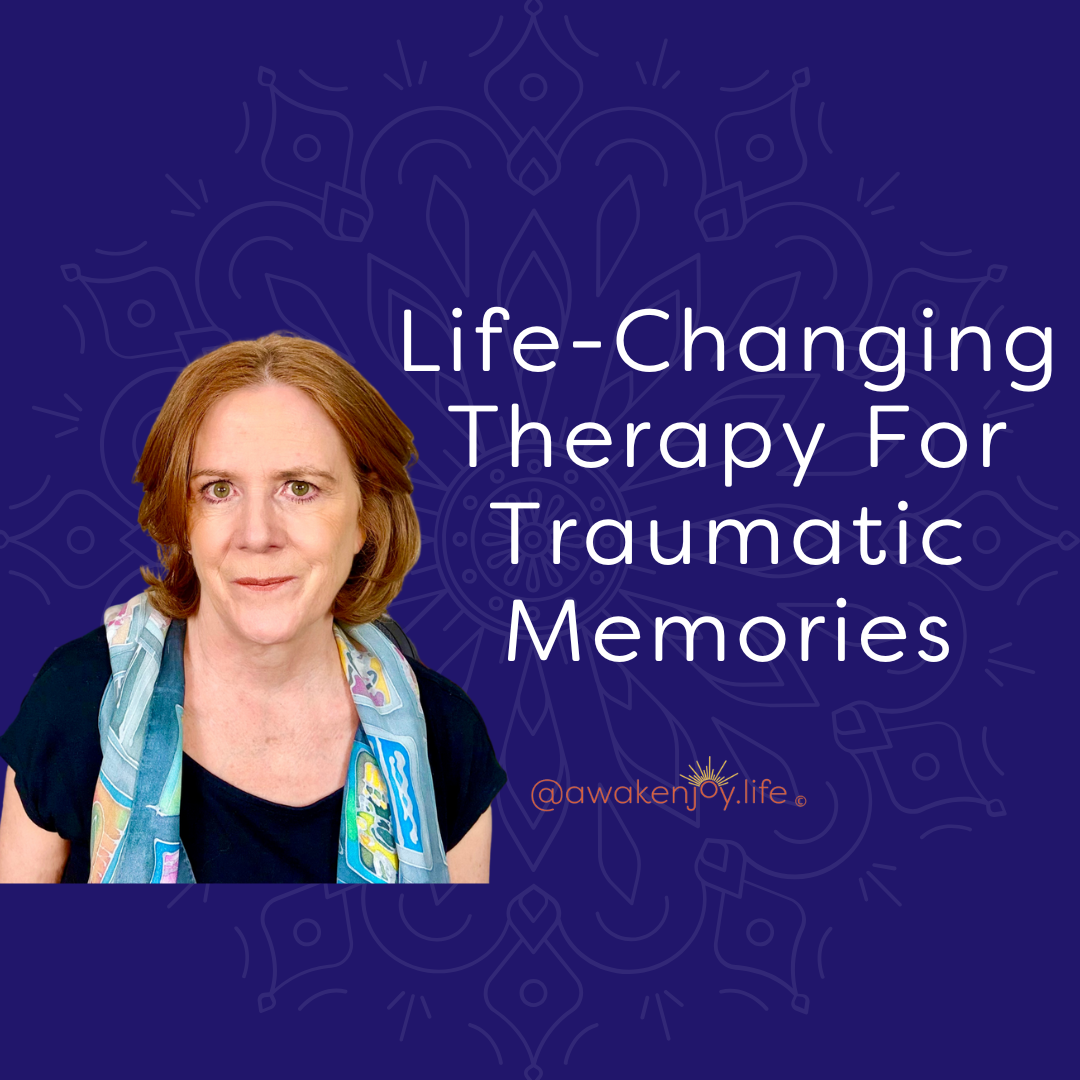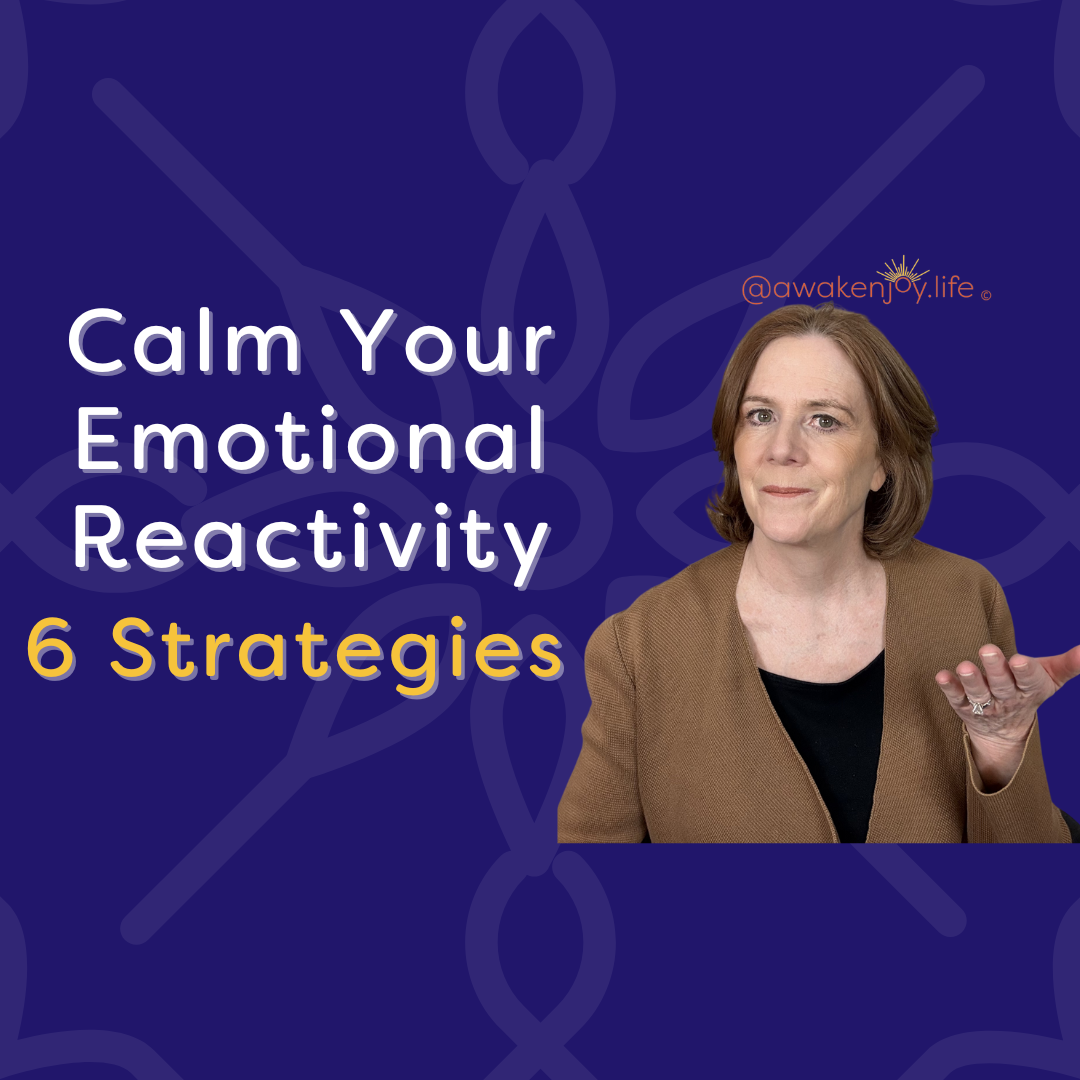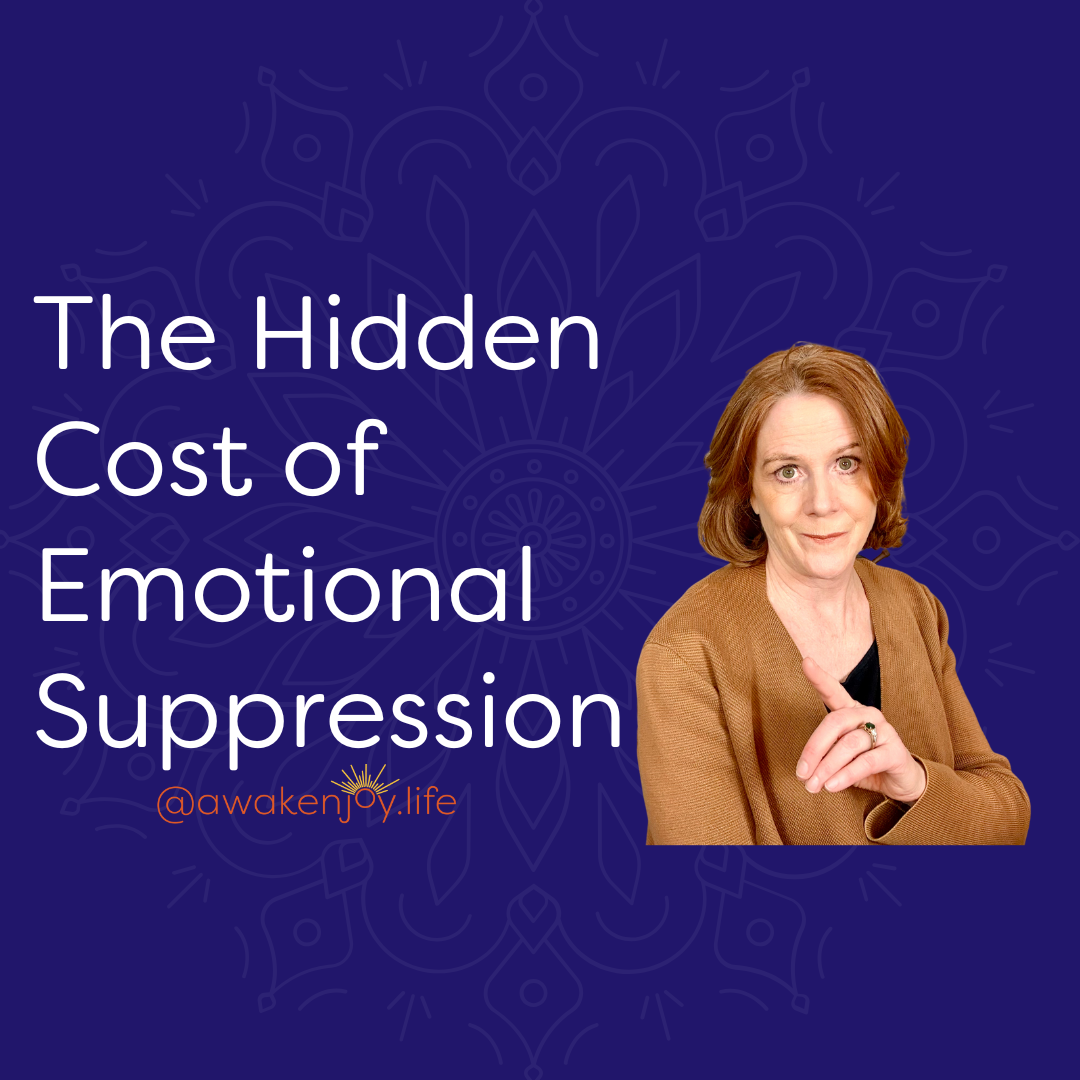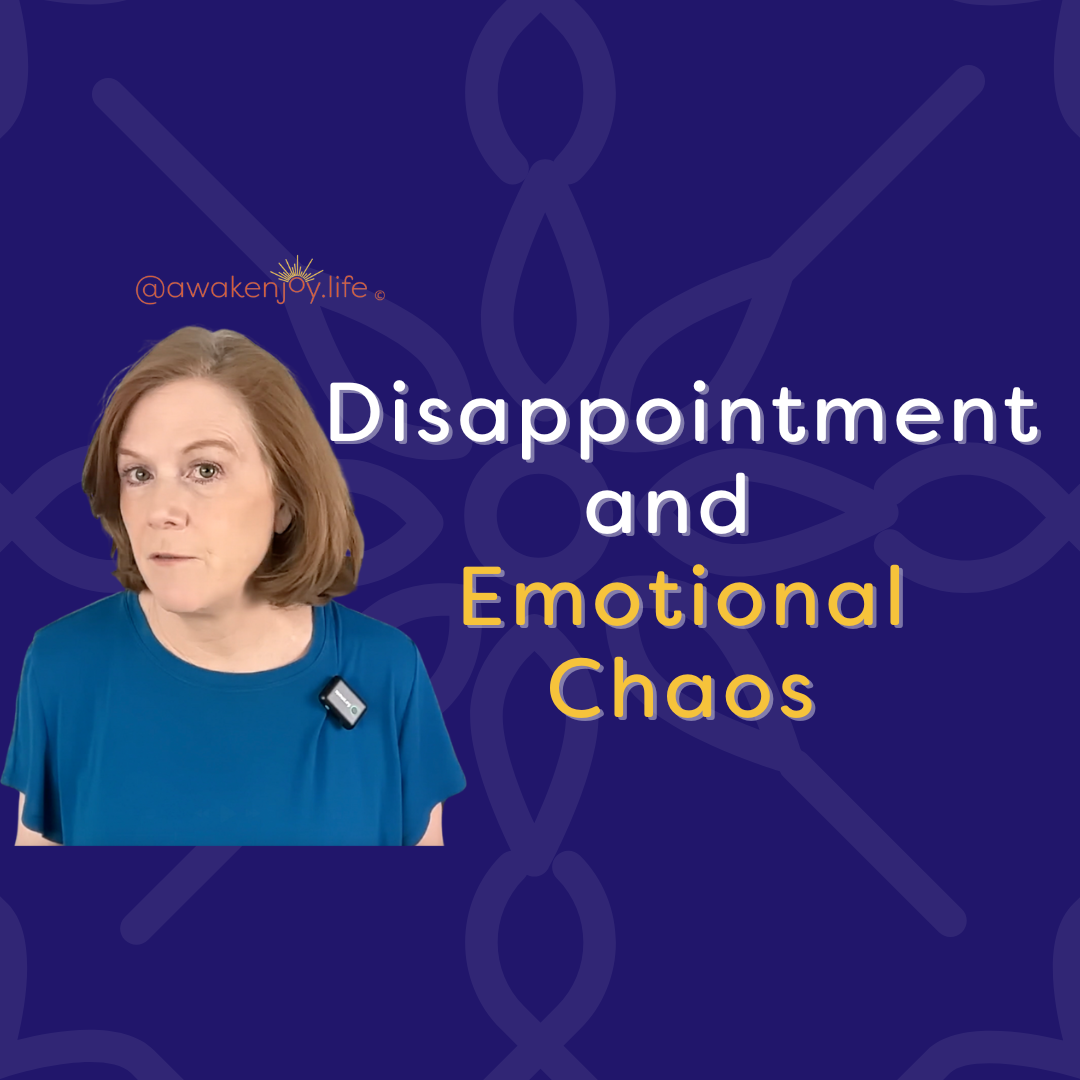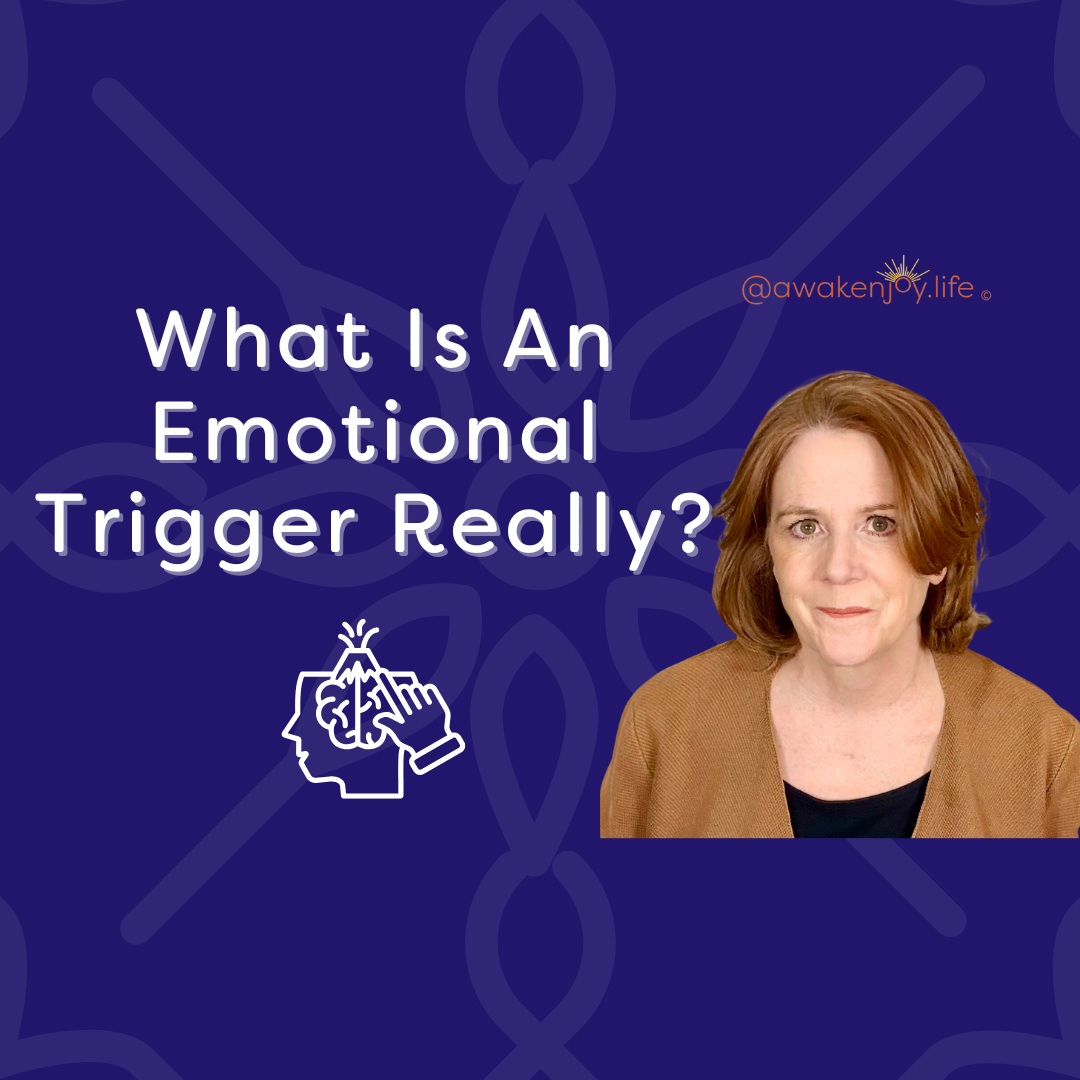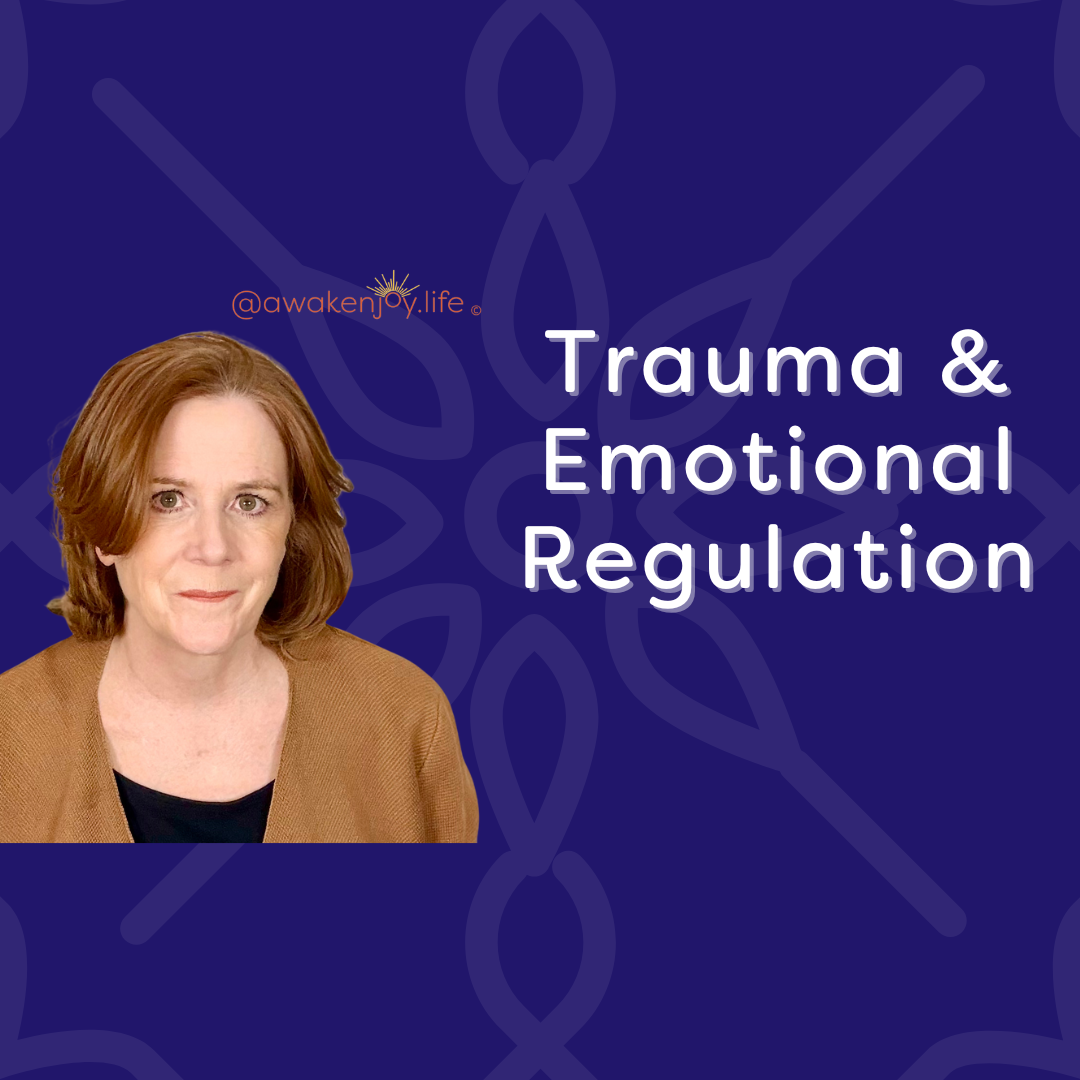By Barbara Heffernan
•
November 4, 2025
Why Traumatic Memories Are Different—And How EMDR Actually Changes Your Brain Traumatic memories stay live, present, and intrusive until we process them. It is not just that they feel different—it is how they are stored in your brain. Today I want to explain what a traumatic memory is, how traumatic memory processing works, and how it helps turn that memory into more of a normal memory where you are not re-experiencing it. And I know that most people who have trauma memories want to get rid of them entirely. They ask, "Can you erase this from my brain?" That is not possible. But when you process the memory and it no longer brings up all the physiological and emotional symptoms, when it is not reinforcing the negative core belief that developed during the trauma—it is incredibly freeing. Most people I worked with, once they completed processing their memories, would say, "Wow, I can think about it now, and while I know it happened and I am not happy about it, it feels totally different. It feels like it is in the past. It feels like more of a story. I am not re-experiencing it and I am not feeling continually triggered by it and it is no longer intrusive." Those are major wins . Characteristics of Traumatic Memories Let me quickly outline the characteristics of a traumatic memory. Sensory Information Dominates Traumatic recall is dominated by sensory information—sounds, smells, feelings. The sensory details are stronger than any kind of storyline. Fragmented Rather Than Narrative You might remember one piece or very intensely remember a sound or smell, but not remember what happened right before or right after the event. The memory is in fragments and flashes. Time Distortion Traumatic memories feel fresh and current. The sensory details feel like they are happening now. It does not feel like the event happened long ago, and there is no sense of narrative time in the traumatic memory. People comment on this constantly: "Why do I feel this so intensely when it happened 40 years ago?" This makes them feel like they are losing their minds. But it is all about how the memory is stored. Connected to the Physiological Feelings From the Time of the Event Another characteristic is that traumatic memories come with the physiological feelings that happened at the time. If you froze, you might freeze when you remember it. If you fought or fled or wanted to flee, you will have those same feelings when that memory surfaces. And then, when you have these memories with that flood of physiological symptoms and emotions, it can reinforce those neural pathways. This is also why sometimes jumping into processing traumatic memories—if you have not done the required prep—can be overwhelming. For EMDR in particular, there is substantial preparation before you begin to process traumatic memories. If you are trying to work with them on your own and you have not developed tools and skills to physiologically relax, it can be overwhelming. Later in the blog post, I'll provide information on how you can navigate this. How Traumatic Memories Are Stored Differently in the Brain Researchers at Yale University and Mount Sinai were able to document that when people were recalling traumatic memories—instead of simply a sad memory—the traumatic memories were not stored in the hippocampus (via fMRI imaging). When they recalled the traumatic memory, that part of the brain did not light up. Whereas when they recalled a sad memory, there was the expected activity in the hippocampus. ( Reference for research : Perl, et al. Neural patterns differentiate traumatic from sad autobiographical memories in PTSD. Nature Neuroscience, November, 2023) The hippocampus is our file organizer for memories. When normal memories are stored, there's activity in the left front part of our brain—where our language centers are and where we think about stories in narrative fashion. Traumatic memories are stored in the right back part of the brain, which produces nonverbal memories and remembers sensory details. This part of the brain is in the limbic system—the part that doesn't have a sense of time. Research has shown that when stress chemicals flood our system, they shut off access to the hippocampus and normal memory storage. Just knowing that your traumatic memories are stored differently in your brain can help increase self-compassion. The trauma had a physical impact on you and your brain, and it is not your fault. Getting over that sense of self-blame and shame is essential to recovery. Neuroplasticity Now, I do not want you to get discouraged hearing that trauma had a physical impact on you, because it is possible to heal and rewire the brain. This is because we have neuroplasticity—our brains are changeable. Neuroplasticity means that a neuron (a brain cell) can be molded through our experiences, thoughts, feelings, behaviors, and habits. I go into a much deeper dive on this in a free webinar I have (** Rewire Your Brain for Joy and Confidence **). Just know that you can change the neurochemistry of your brain. This is what EMDR and other trauma-informed, trauma-focused therapies work toward. How EMDR Processes Traumatic Memories With traumatic memories, you cannot just will them away. You cannot just "get over it." But "processing" traumatic memories can move them from the limbic system where they are stored (with all their intensity and emotion) into your long-term memory storage. This is one of the goals of EMDR therapy. The Importance of Physiological Safety and the Processing Stage Some people feel that when they talk about their trauma, they get re-traumatized. And this can be the case. The most important thing needed so that this does not happen is to integrate the processing of the memory with physiological relaxation and at least some sense of safety. I know a sense of safety is very difficult for many trauma survivors. However, practicing physiological relaxation techniques help you learn to move at least to a place of neutrality where your body can feel like, "I am not in danger this immediate moment"—that is sufficient. EMDR therapists are trained to work with people prior to the active processing stage to make sure they can stay in a zone of tolerance. I talk more about the zone of tolerance in other blogs and videos on emotional regulation, but it means staying within a certain range of emotion—not getting too hyper and not shutting down into a freeze state. Learning emotional regulation skills prior to active processing is important. When you begin to actively process the memory—actively bring it up, talk about it—you notice the very early signals that you are getting too activated or moving into a freeze dissociative state. Then you return to some grounding techniques, diaphragmatic breathing, to a feeling of safety with the therapist you are working with. Once you have lowered your pulse rate and re-centered, you can go back in. **It is the modulation and moving between different physiological states that helps the processing.** You are processing it into more of a story, more of a narrative that happened in the past, and that happens over time. Memory Fragments Come Together WIth EMDR, as the memory becomes a story, it is less fragmented. It has less of a physiological impact. When I worked with people using EMDR, it would often surprise me how different pieces would begin to fill in the memory, and often how the focus of the memory could shift. Here is an example of a client who was in a serious car accident. Now, I avoid using detailed examples of trauma in my posts because they can be very triggering for people. If you are particularly sensitive to car accidents, you can skip this section. This client initially remembered flashes, smells, sounds, lights, but not much about what happened immediately before or after the accident. As it was processed, they began to fill other details about the accident and about what happened prior to the accident. Toward the end of the processing, they remembered what happened after—the fact that the EMS team showed up and that they received the help they needed. This portion of the memory became a very important part of the memory for them. Prior to the processing, the feeling of "I'm in danger" had surfaced every time they had the memory. This belief gradually changed into "I can find the support I need." The memory changed from a fragmented, sensory memory into a narrative memory. It no longer flooded them with the sights, sounds, and smells of the accident. The client was able to move to a physical understanding that the event happened awhile ago and that they were physically safe sitting in my office, a feeling of being okay. Processing Negative Core Beliefs The other thing that gets processed with EMDR are the negative core beliefs that go with trauma. All traumas change some element of self-concept. EMDR therapists are trained in helping you identify these negative core beliefs and finding a "good enough" positive belief that can be strengthened. A feeling of "I'm in danger" (in a car accident, for example) can move to a feeling of "I can find the support I need." Bilateral Stimulation Another thing that makes EMDR unique is the bilateral stimulation of the brain. This is often done with eye movements, but can also be with sounds that alternate between the left and right ear, or tappers that alternate a pressure in opposing palms. This external stimulation of both parts of the brain helps facilitate having the whole brain involved in thinking about the trauma, not just the fear center of the brain. For processing trauma, you want to make sure your whole brain is online, which is connected to that physiological relaxation. When you are relaxed, your whole brain is online. When you are in fight, flight, freeze mode, it is your limbic system, your amygdala taking over. When Professional Help Is Not Accessible I know that not everybody has access to an EMDR therapist or a trauma-informed therapist. If you are in that situation, I encourage learning the emotional regulation tools. There is also an online Virtual EMDR software program that assists you in self-administered EMDR (Click here for information. If you decide to move forward, put this code into the promo box on checkout for 20% off: AWAKENJOY20. Self-administered EMDR is not for everyone ( here's a video on that topic ). However, I have talked to many people who have benefited from the VIRTUALEMDR Software. (I am an affiliate, which means this channel/blog receives some support if you sign up through this link) Moving Forward with Hope You cannot will your traumatic memories away. Avoiding them and avoiding the things that trigger them does not help in the long run. I hope you know that **healing is possible.** Processing your traumatic memories can move them into long-term memory storage where they will feel like they happened long ago in the past and you are not re-experiencing them. This also means that the sights, sounds, and situations that may have triggered you into a PTSD reaction will not trigger you. While you might want to erase the memory completely, moving it into long-term storage is a major win. I hope this was helpful! I wish you health and healing. See you next week. Reference for research: Perl, et al. Neural patterns differentiate traumatic from sad autobiographical memories in PTSD. Nature Neuroscience, November, 2023

